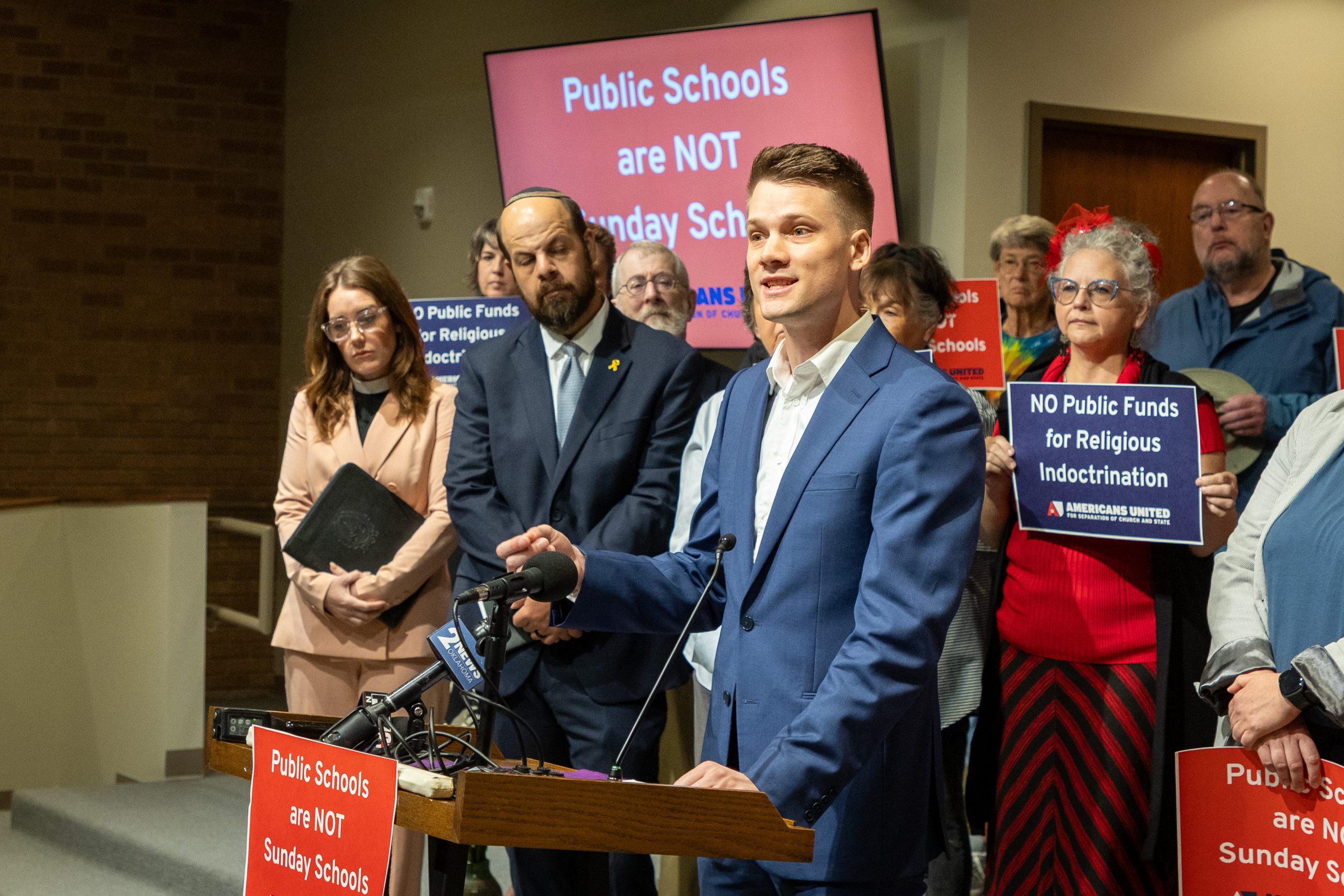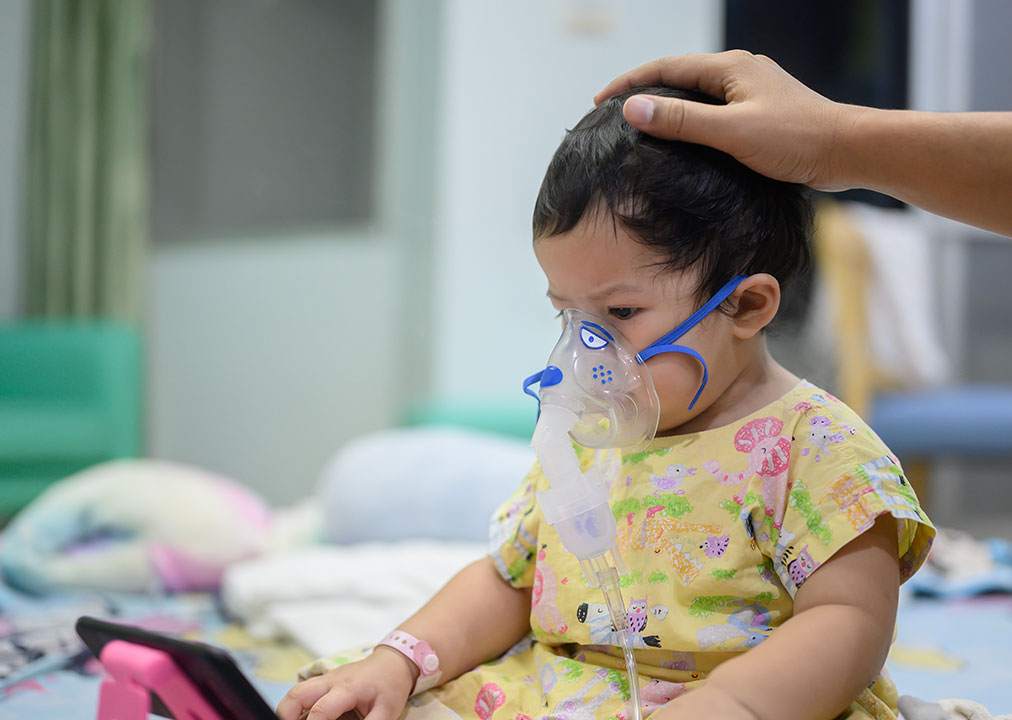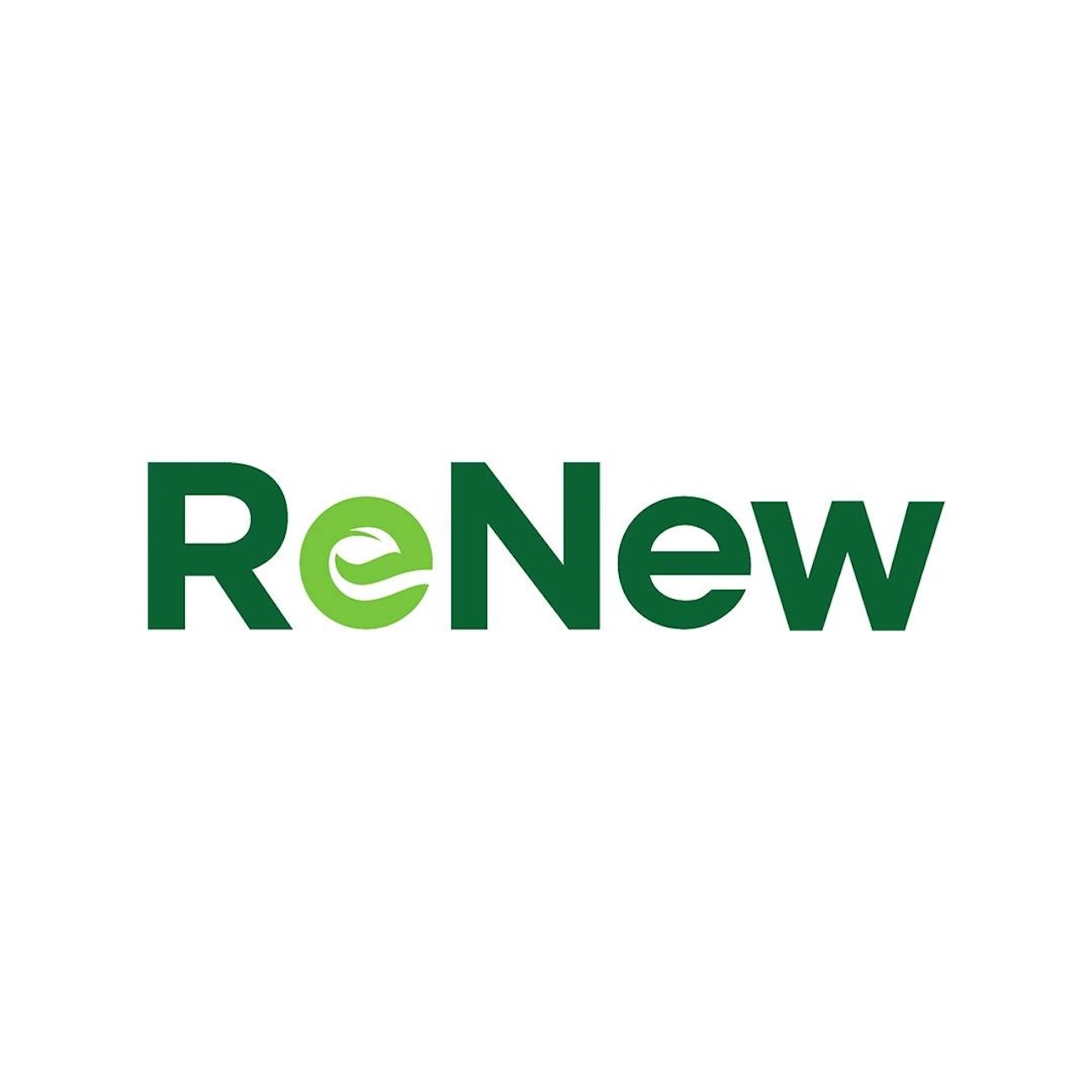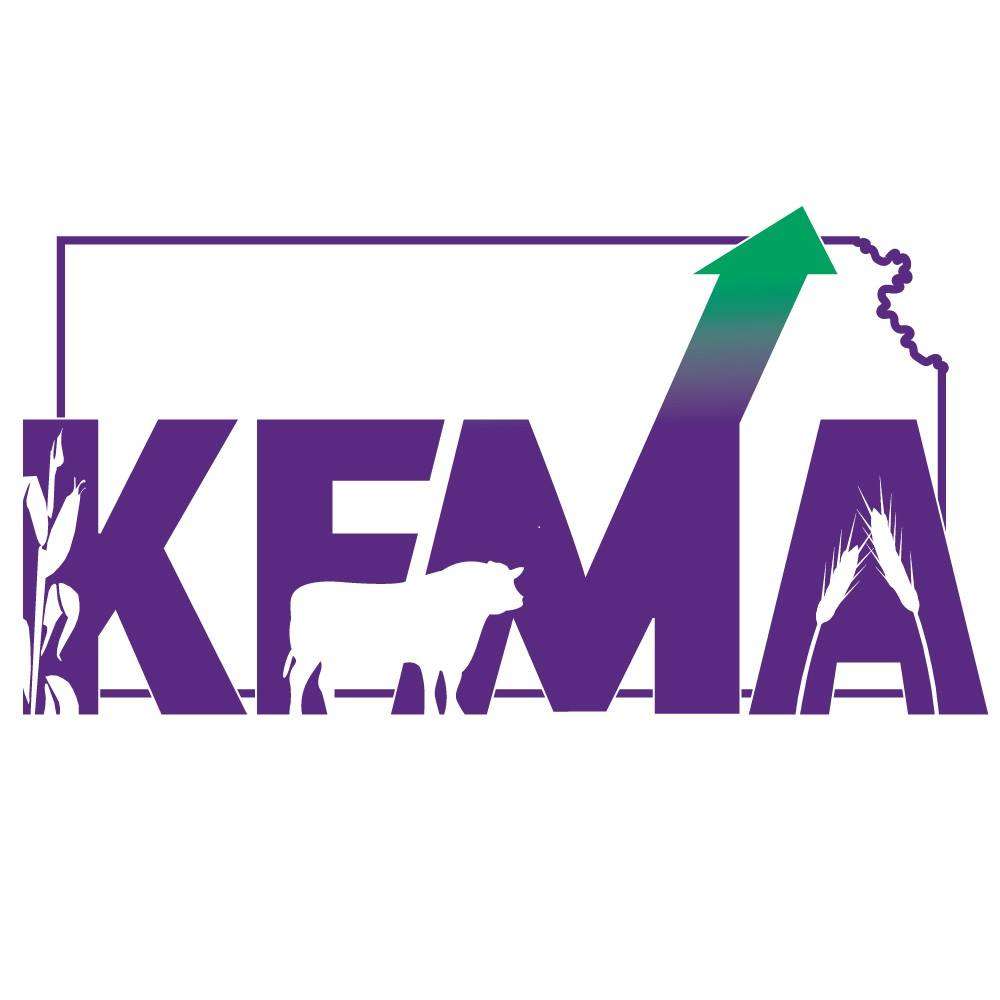Public school opt-outs: A threat to diversity and church-state separation – Americans United

Supreme Court Ruling on Parental Opt-Outs and its Implications for Sustainable Development Goals
A recent Supreme Court decision in Mahmoud v. Taylor has established a broad right for parents to exempt their children from public school curricula on the basis of religious beliefs. This ruling presents significant challenges to the advancement of several key Sustainable Development Goals (SDGs), particularly those concerning education, equality, and justice.
Analysis of the Ruling’s Impact on SDG 4: Quality Education
The decision directly impacts the principles of inclusive and equitable quality education as outlined in SDG 4. By allowing opt-outs from materials that include diverse perspectives, the ruling may compromise the comprehensive nature of public education.
Undermining Inclusive Curricula (Target 4.7)
The case originated when Montgomery County Public Schools (MCPS) introduced books with LGBTQ+ characters to ensure representation within its language arts curriculum, a move aligned with SDG Target 4.7, which calls for education that promotes human rights, gender equality, and appreciation of cultural diversity. The Supreme Court’s ruling, which sided with parents who objected on religious grounds, creates a conflict with these objectives. The consequences include:
- The potential exclusion of materials that promote understanding and respect for LGBTQ+ individuals, undermining efforts to foster an inclusive learning environment.
- A direct contradiction of the educational goal to promote human rights and gender equality for all students.
- The stigmatization of LGBTQ+ students and families, contrary to the goal of creating safe and supportive schools.
Administrative Burdens and Curricular “Chilling Effects”
As noted in Justice Sotomayor’s dissent, the ruling is predicted to create “chaos” for school administration and produce “inevitable chilling effects” on curricula. This threatens the overall quality of education by:
- Forcing schools to manage complex and resource-intensive opt-out systems for individual students.
- Incentivizing schools to proactively remove any content that might provoke objections, thereby narrowing the scope of education for all students to avoid litigation.
- Effectively granting a “veto” over curriculum content to a subset of parents, which compromises the standardized, high-quality education envisioned by SDG 4.
Setbacks for SDG 5 (Gender Equality) and SDG 10 (Reduced Inequalities)
The court’s decision has profound implications for SDG 5 (Gender Equality) and SDG 10 (Reduced Inequalities) by enabling practices that can lead to exclusion and discrimination.
Increased Marginalization and Discrimination
By validating the removal of LGBTQ+ representation from educational materials, the ruling may inadvertently support discriminatory attitudes, undermining SDG Target 10.2, which aims to promote the social inclusion of all, irrespective of status. Key impacts on these goals include:
- Fostering school environments where discrimination against individuals based on sexual orientation or gender identity is implicitly permitted.
- Reducing the visibility and normalization of diverse family structures, which is a critical component of promoting equality.
- Creating systemic inequality by allowing certain religious viewpoints to dictate the educational content available to the entire student body.
Implications for SDG 16: Peace, Justice and Strong Institutions
The ruling reinterprets legal doctrine in a way that affects the principle of justice and the function of public institutions, as addressed in SDG 16.
Redefining Legal Precedent and a Potential Counter-Application
The majority opinion, authored by Justice Alito, established a new legal standard: a burden on parents’ Free Exercise rights occurs when children are exposed to ideas that “undermine the religious beliefs that the parents wish to instill.” This subjects such government actions to strict scrutiny. While this decision is viewed as detrimental to inclusive education, the new legal test could potentially be applied to challenge religious activities within public schools, thereby reinforcing the separation of church and state, a tenet of strong, secular institutions. Potential areas for future legal challenges under this new precedent include:
- Mandatory or school-led prayer sessions.
- The display of religious symbols or texts, such as the Ten Commandments, in classrooms.
- The integration of religious indoctrination into public school curricula.
The consistent application of this new standard will be critical in determining its ultimate impact on the principles of justice and institutional integrity within the public education system.
Relevant Sustainable Development Goals (SDGs)
1. Which SDGs are addressed or connected to the issues highlighted in the article?
-
SDG 4: Quality Education
- The article’s core subject is public education, specifically the curriculum content in Montgomery County Public Schools. The Supreme Court ruling directly impacts what can be taught, how it is taught, and the overall learning environment, which are central to the goal of quality education. The dissent’s warning of “chaos” and “chilling effects” on curricula speaks directly to a potential decline in the quality and breadth of education offered.
-
SDG 10: Reduced Inequalities
- The issue arose from an effort to reduce inequality by including books with LGBTQ+ characters to address a “complete lack of LGBTQ+ representation.” The article notes that the opt-out system served to “stigmatize LGBTQ+ students and families,” highlighting a direct link to inequalities based on identity. The ruling, by potentially allowing a “subset of parents” to “veto” inclusive materials, could exacerbate inequalities within the educational system.
-
SDG 16: Peace, Justice and Strong Institutions
- The article analyzes a Supreme Court decision, which is an action by a primary national justice institution. It discusses the interpretation of law (the Free Exercise Clause) and its consequences for other public institutions (schools). The ruling’s impact on the stability and inclusivity of the public school system relates to the goal of building “effective, accountable and inclusive institutions at all levels.”
2. What specific targets under those SDGs can be identified based on the article’s content?
-
Target 4.7: By 2030, ensure that all learners acquire the knowledge and skills needed to promote sustainable development, including, among others, through education for… human rights, gender equality, promotion of a culture of peace and non-violence… and appreciation of cultural diversity.
- The inclusion of books with LGBTQ+ characters is a direct attempt to teach about and appreciate cultural and identity diversity. The court ruling, which may lead to the removal of such materials, directly threatens the ability of schools to meet this target.
-
Target 10.2: By 2030, empower and promote the social, economic and political inclusion of all, irrespective of age, sex, disability, race, ethnicity, origin, religion or economic or other status.
- The school board’s initial decision to add the books was an act to promote the social inclusion of LGBTQ+ individuals. The article argues the court’s decision undermines this by allowing materials promoting inclusion to be challenged, potentially leading to their removal and the stigmatization of a specific group.
-
Target 10.3: Ensure equal opportunity and reduce inequalities of outcome, including by eliminating discriminatory laws, policies and practices.
- The article frames the court ruling as a policy that could lead to discriminatory outcomes. The dissent warns that it gives a “subset of parents the right to veto” curriculum for all, creating an unequal opportunity for students to receive a comprehensive and inclusive education. The opt-outs were described as stigmatizing, which is an inequality of outcome.
-
Target 16.7: Ensure responsive, inclusive, participatory and representative decision-making at all levels.
- The conflict between the school board’s decision-making process (based on a curriculum review) and the court’s empowerment of individual parental objections relates to this target. The ruling is portrayed as potentially undermining the representative decision-making of a school board for its entire community by prioritizing individual religious objections.
3. Are there any indicators mentioned or implied in the article that can be used to measure progress towards the identified targets?
-
Curriculum Content and Representation:
- The article explicitly mentions the “lack of LGBTQ+ representation” and the subsequent addition of “a handful of books with LGBTQ+ characters.” The presence, absence, or number of such materials in the curriculum serves as a direct, though qualitative, indicator for measuring progress towards Target 4.7 (appreciation of diversity) and Target 10.2 (social inclusion).
-
Existence of Inclusive School Policies and Legal Precedents:
- The article discusses the MCPS policy on parental opt-outs and the Supreme Court ruling itself. The nature of these policies and legal frameworks—whether they promote or hinder inclusion—is an indicator. The shift from a no-opt-out policy to a constitutionally protected opt-out right is a measurable change relevant to Target 10.3.
-
Perceived Stigmatization and Exclusion:
- The article states that the opt-outs “served to stigmatize LGBTQ+ students and families.” While not a quantitative metric, the reporting or perception of stigmatization within the school environment is an implied indicator of whether inequalities are being reduced (Target 10.3) and if the learning environment is inclusive.
Summary Table of Findings
4. Create a table with three columns titled ‘SDGs, Targets and Indicators’ to present the findings from analyzing the article. In this table, list the Sustainable Development Goals (SDGs), their corresponding targets, and the specific indicators identified in the article.
| SDGs | Targets | Indicators (Implied or Mentioned in Article) |
|---|---|---|
| SDG 4: Quality Education | Target 4.7: Ensure all learners acquire knowledge and skills for sustainable development, including human rights and appreciation of cultural diversity. | The content of the school curriculum, specifically the inclusion or exclusion of “books with LGBTQ+ characters.” |
| SDG 10: Reduced Inequalities |
Target 10.2: Empower and promote the social inclusion of all.
Target 10.3: Ensure equal opportunity and reduce inequalities of outcome. |
The level of representation of diverse groups (e.g., LGBTQ+) in curriculum materials.
The existence of school policies regarding parental opt-outs and their effect on stigmatization. Reports of stigmatization against students and families (e.g., “stigmatize LGBTQ+ students and families”). |
| SDG 16: Peace, Justice and Strong Institutions | Target 16.7: Ensure responsive, inclusive, and representative decision-making. | The nature of the curriculum decision-making process (e.g., school board review vs. individual parental veto).
Legal rulings (e.g., the Mahmoud v. Taylor decision) that impact the authority and function of public institutions like schools. |
Source: au.org

What is Your Reaction?
 Like
0
Like
0
 Dislike
0
Dislike
0
 Love
0
Love
0
 Funny
0
Funny
0
 Angry
0
Angry
0
 Sad
0
Sad
0
 Wow
0
Wow
0































































![Governing Health -Compensation Considerations for Health System Innovation Activities [Podcast] – The National Law Review](https://natlawreview.com/sites/default/files/styles/article_image/public/2025-10/Health AI Security Privacy Data Cyber Medical Doctor-309772690.jpg.webp?itok=i51uHMDx#)
_21.jpg?#)












